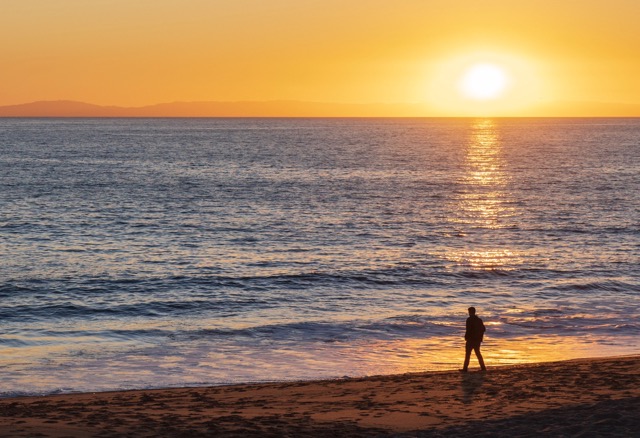A Sara Stedy, aka sit-to-stand lift, can make transferring so much easier. With little effort, a therapist or caregiver can easily use this device to help someone transfer to a wheelchair, get on and off the toilet, or get in or out of the shower.
It’s safe, effective, and really should be recommended to more patients at discharge.
So how do you use a Sara Stedy?
A Sara Stedy can be used by one or two people by standing adjacent to the patient and lifting with a gait belt while the patient pulls to stand.
In this post, I’ll discuss the best way to use a Sara Stedy and how to use it with one or two people.
After reading this be sure to read my other post on the 3 best ways to transfer patients when they can’t walk.
What is a Sara Stedy
If you’ve never heard of a Sara STEDY or Sit-to-stand, it’s probably one of the greatest inventions for patients who are unable to walk. It’s also one of the most underrated lift devices for therapists, CNAs, and caregivers, and it’s my number one recommended device for safe transfers.
A stedy, is a device that helps patients pull to stand with a seat, so the patient is able to rest while being wheeled to the wheelchair or toilet.
Unlike a walker, the Stedy has a grab bar, so the patient can pull themselves to stand. This makes standing so much easier, because the patient is able to pull to stand.
And it puts less stress on the caregivers back when lifting.
The stedy is also a great device, because it’s small and can fit into tight areas. It can be used to transfer on and off a toilet, bedside commode, and can be used for in the shower.
A stedy is also one of the safest ways to transfer a patient, because their knees are blocked when standing. If they do lose their balance, they will usually return to their previous sitting position in bed.
It’s the best option for any patient who needs just a little extra lift.
How to use a Sara Stedy with one person

If you’re using a Stedy to help a person stand, always make sure the patient is able to sit on their own. If they have poor balance, they can fall backwards while transferring them to a chair or toilet.
Here are the steps to help with transfer a patient by yourself.
- Bring the Stedy close to the bed with the legs resting on the platform
- The knees should be resting against the leg rests
- Have the patient scoot forward and pull with both hands to stand
- If unable to stand, assist the patient or raise the bed
- After standing, lower the seat for the patient to rest
How to use a Sara Stedy with two people
Typically, a Sara Stedy should only be used for one person, but I know that in most scenarios that doesn’t happen. As a therapist in a hospital, I use a Sara Stedy on a daily basis, and I’ve helped people stand with Maximal assistance by myself or another person.
I’m not condoning this, but I thought I would share how it’s done. If you’re lifting with two people, one person should be on either side. The patient should also be seated close to the edge of their seat.
Make sure their hips are slightly higher than their knees if possible but not sliding off the chair. If they have difficulty standing, I prefer to use a sheet underneath the patient’s buttocks as a sling to assist them up.
It’s not as good as a mechanical lift, but in a pinch, it can work.
If you find that your bending or lifting to much it’s best to find a different method to help the patient transfer.
Special considerations
- If the seat is unable to be lowered due to the patient’s posture or body mass, do not try to force the seat down. This can make it unsafe to get out.
- Never lift the patient by the shoulders. If possible, use a gait belt or lift at the buttocks to assist to standing.
- Always make sure the patient’s legs are not twisted and flat on the platform before standing.
- It’s best when used on hard floors, but it can be used on carpeted floors.
Who should use a Sara STEDY?
A Sara STEDY is for patients who are able to bear weight in their legs, but it can be used for patients who are only able to bear weight in one leg.
It’s also for patients who need 25-75% assistance to be able to stand. This may include patients who have experienced the following injuries.
- Stroke
- Hip replacement
- Knee replacement
- Fractures of the lower extremity
Patients who should not use a Sara Stedy
- Patients unable to maintain balance to sit upright
- Require 2 person (Total) assist for sit to stand
- Unable to use bilateral lower extremities
- Non-weight bearing in bilateral lower extremities
- Unable to sit and shake hands crossing midline
- Unable to use bilateral upper extremities
- Patient with significant kyphosis
What Sara Stedy is best?
There’s all types of sit to stand lifts, but I prefer the Sara Stedy lift, because it can be used for small and large patients. I also like how the seat opens for larger patients or patients who have difficulty standing. I don’t like how the seat can get in the way of bed rails or bedside commode armrests, but this can be an easy fix if you have a drop arm commode.
Budget option
For smaller bathrooms or showers, I prefer the Lumex assist patient transport unit. The device works just like the Sara Stedy, but it’s smaller and generally fits better for patients who are not obese. It’s also much more affordable.
Conclusion
Remember, it’s always best if the patient can do most of the work. If for one person lifts, the patient has to have good balance and perform 75% off the effort.
If you need more assistance, ask for another helper and try using a sling for support.
I hope this was helpful, subscribe below, and check out the posts below to learn other techniques to help your patients.
3 Best ways to transfer to a wheelchair or toilet if you can’t walk
How to use the toilet after a hip replacement to avoid pain and dislocation
How to use the toilet after a hand injury or surgery

David is the lead editor of OT Focus. He has been practicing as an Occupational Therapist since 2013. He specializes in acute care, hand therapy, and ergonomics.






